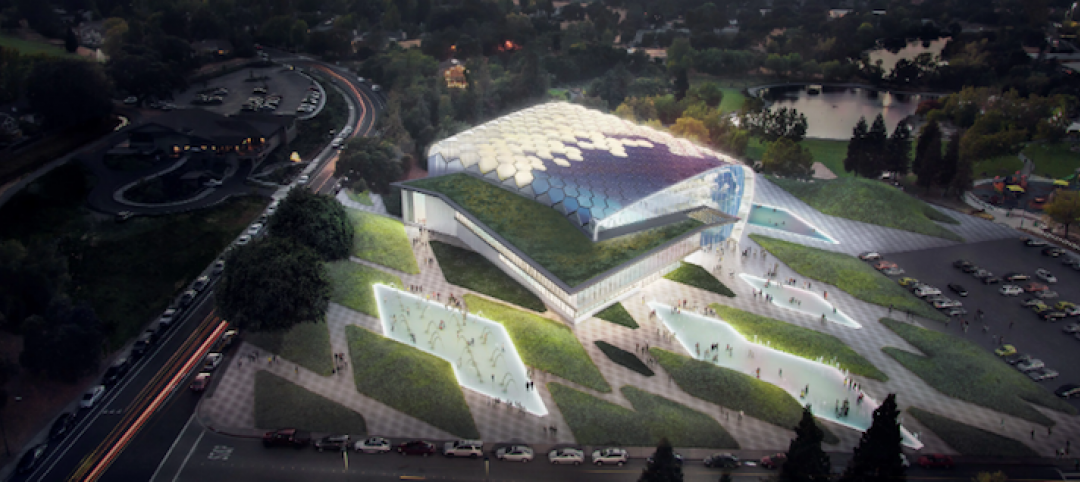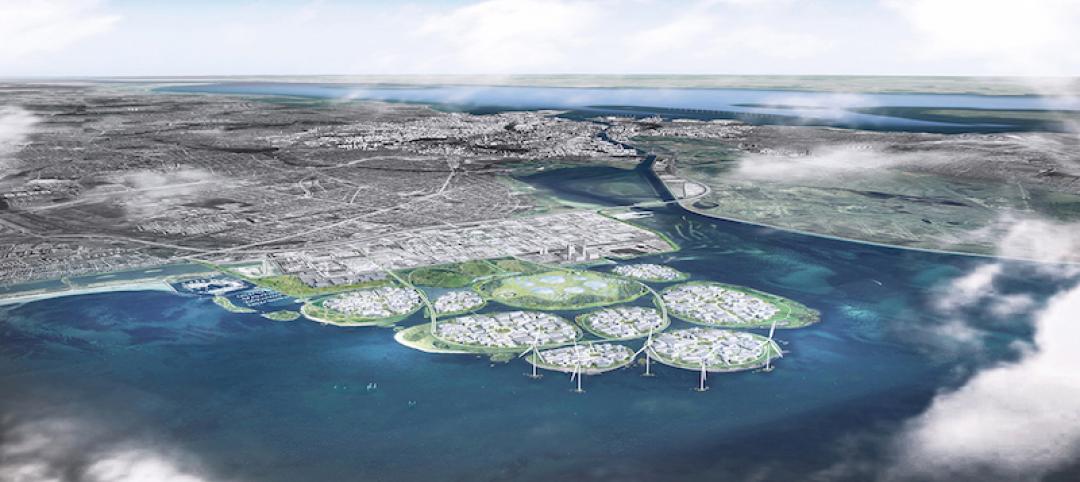Waste not, want not. That’s how the saying goes, and it is a saying local authorities in England and Wales are taking to heart. In an effort to reach the countries' goal of slashing carbon emissions by 2050, new government-backed plans call for a huge expansion of “heat networks” that use warmth generated by industrial machinery, geothermal energy, and subway trains to heat homes, The Telegraph reports.
A heat network is, as it sounds, a large network of insulated pipes that transports hot water or steam to “heat exchanger” units in homes in order to heat up the mains water supply. Basically, the networks make use of heat that is produced as a waste by-product of commercial or industrial processes in order to replace less efficient domestic gas boilers.
Of the 381 local authorities in England and Wales, 131 of them are now working on some sort of heat network plan.
Islington, north London is planning to use heat generated from the Northern Line of the London Underground network while other locations are exploring using geothermal heat from deep beneath the earth's surface or even recycling heat from pottery kilns from the local ceramics industry.
In 2015, an additional £320 million was set aside to help fund the construction of up to 200 projects, which would produce enough heat to supply 400,000 homes.
There are still two main hurdles that need to be overcome for these plans to work, however. The first issue is in creating a viable business model for the rollout to millions of households. Currently, it is difficult to finance a project without securing customers, but it is difficult to secure customers for something that doesn’t yet exist.
The second issue is in figuring out how to deal with “customer protection, choice, and pricing” Richard Howard, Head of Energy and Environment at Policy Exchange says in an interview with The Telegraph. “Heat networks generally lock customers in on very long term contracts, which can be 15-20 years.” A contract that long may scare away potential customers.
While heat networks seem to offer a glimmer of hope for de-carbonizing heating supplies, it remains to be seen just how viable they will actually be once implementation begins.
Related Stories
Sustainability | Jun 7, 2019
Workplace wellness: Top 3 tips for Fitwel certification
How can thoughtful design encourage healthier choices, lifestyles, and work environments?
Sustainability | May 28, 2019
Carrier’s world headquarters in Florida goes green
The structure is the first commercial building in Florida to achieve LEED Platinum v4 Certification.
Resiliency | Apr 22, 2019
Turner Construction doubles down on jobsite efficiency
The company targets a 50% cut in greenhouse gas emissions and water use from construction activities by 2030.
Sustainability | Apr 5, 2019
BIG unveils vision for a sustainable, floating city
The project is dubbed Oceanix City.
Sustainability | Mar 25, 2019
This is the world’s first Sustainable SITES Initiative v2 Platinum project
The building is part of the Phipps Conservatory and Botanical Gardens in Pittsburgh.
Sustainability | Feb 20, 2019
Studio NAB’s Superfarm project creates an entire ecosystem in an urban environment
The Superfarm will go beyond what vertical farms typically produce.
Sustainability | Feb 11, 2019
AEC firms practice what they preach
The advice about wellness firms dispense to clients in many cases has already been road tested to make their own workplaces healthier.
Market Data | Feb 4, 2019
U.S. Green Building Council announces annual Top 10 States for LEED Green Building in 2018
Illinois takes the top spot as USGBC defines the next generation of green building with LEED v4.1.
Sustainability | Feb 1, 2019
Designing a net zero aquatic center
Buildings can be designed to cut consumption and operate more efficiently, but the pools always make it difficult to achieve substantial savings.
Sustainability | Jan 30, 2019
Denmark to build nine industrial, energy-producing islands surrounded by a ‘nature belt’
The project will be located 10 km (6.2 miles) south of Copenhagen.

















